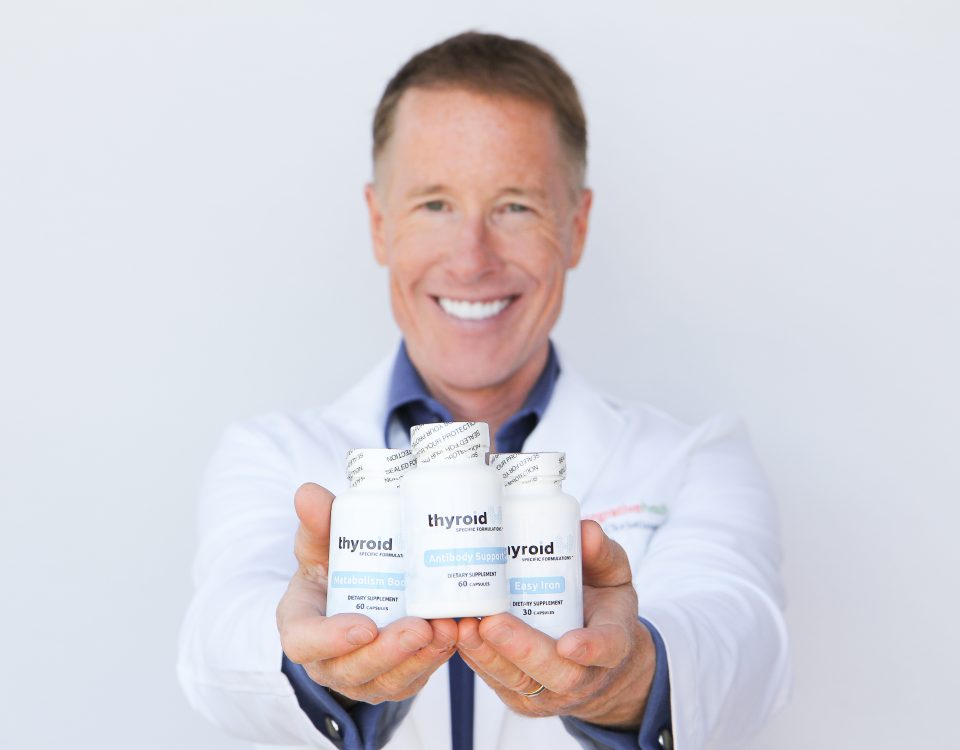This chart identifies six different iodine levels.
Level One
The first level has been called ‘severe iodine deficiency,’ and this is such a tragic state. In this state, we might see some of the conditions I mentioned earlier: goiter, congenital hypothyroidism, and cretinism (in the past). This is at the lowest level of iodine intake, and occurs in diets that are generally devoid of any food variety at all.
At this point, the WHO is happy to report that there are no nations on Earth currently suffering from this stage of iodine. It has been all but eradicated as of 2014.
Level Two
Next up we have level two, otherwise known as ‘mild iodine deficiency.’ Here, we do still see some higher rate of goiter amongst children, but we see less rates of thyroid disease amongst adults. This is between 20-49 mcg of iodine per liter of urine.
This is a level that is also quite uncommon across the globe. Only a handful of nations are presently dealing with it.
Level Three
The third level is referred to as ‘moderate iodine deficiency.’ Data has shown that we do see slight elevations of goiter, sometimes in children but not always, but this is where adult thyroid disease can often reverse.
On a long-term basis, this is not where you would want to see yourself. But, it can be a great starting point when it comes to resetting thyroid function and putting yourself on a path to better thyroid health.
Essentially, this is where you are in a negative state of iodine balance. Basically the amount of iodine coming in, is less than the amount trapped inside your thyroid.
This allows your thyroid the opportunity to get rid of any iodine that is constantly being held there and causing issues. It’s a moment in time that effectively allows your thyroid to regroup, and your health is better for it.
Level Four
This is called ‘iodine sufficiency.’ By and large, this is the target for non-pregnant and non-lactating adults. We see lower rates of thyroid disease here.
Keep in mind, not so much reversal of thyroid disease, but low rates of it, overall. This is square within the recommended daily intakes for non-pregnant adults.
Level Five
Above level four, we have ‘above sufficiency.’ At this stage, we begin to see thyroid disease go back up. We will see iodine-induced hyperthyroidism, autoimmune thyroid disease, and even goiter (which we end up seeing on both sides of the spectrum).
As I mentioned before, this is not for everyone. There are many people at this level, and because they are not prone to thyroid disease for whatever reason, they can be perfectly healthy at this stage.
Those prone to thyroid disease, though, this window is a big deal. And, ultimately, that’s the iodine paradox. It is not a massive amount of iodine, but it is an excess amount that can have a big impact on your overall health.
Level Six
Finally, we have ‘iodine excess.’ This is where diseases pick up, quite consistently, in populations. This is generally above 300 mcg of liter in the urine.
In most cases, that equates to 300 mcg per day of daily intake. And, to be quite honest, that’s not all that much!
It is easy to get to that point. It’s even easier when we think about how much iodine we can find in processed foods and many multivitamins. That is why it’s imperative to take a multivitamin pack (like the Daily Reset Packs) that are iodine-free!













